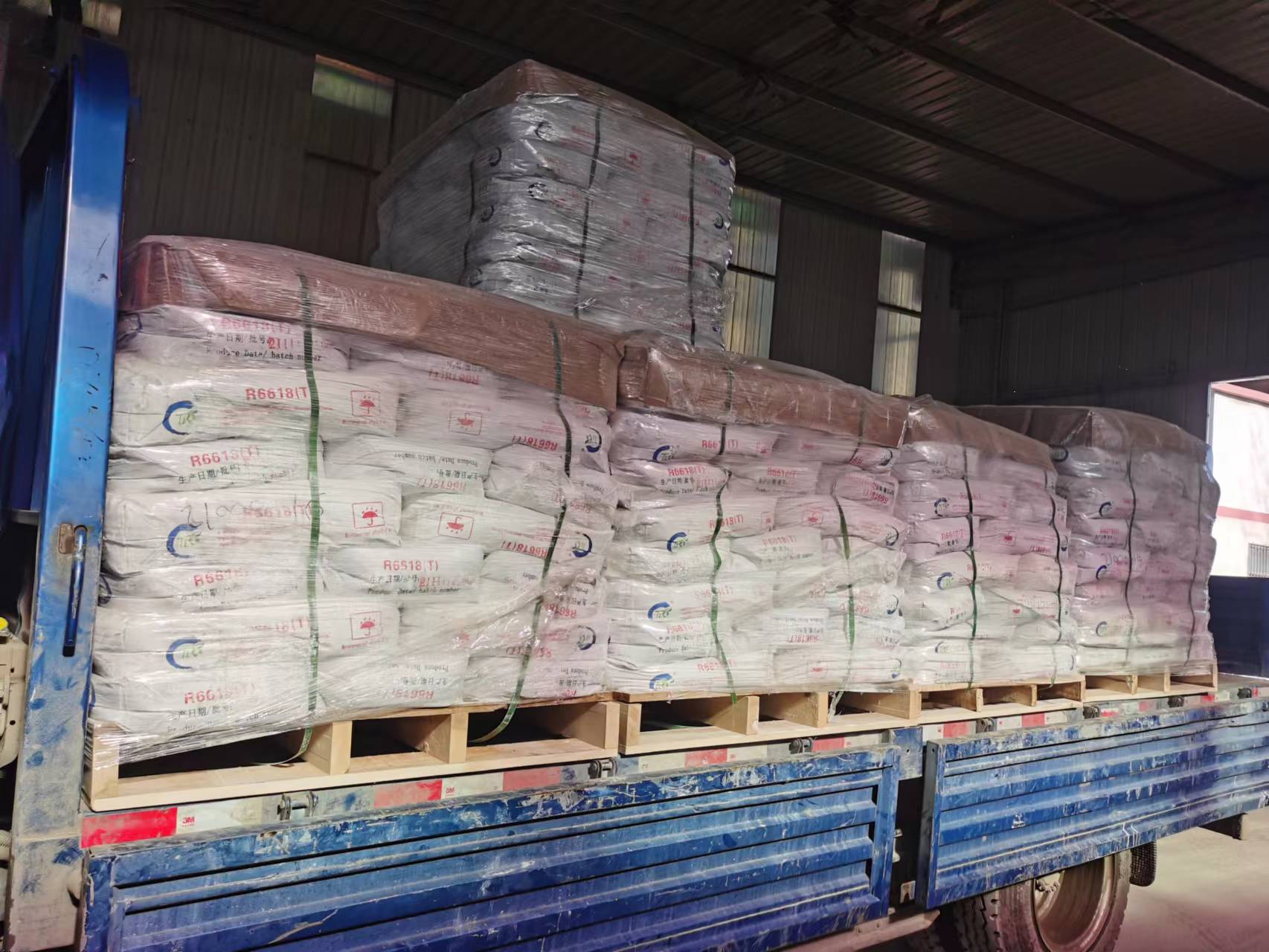
8 月 . 18, 2024 13:54 Back to list
Titanium Dioxide in Food Products and Its Manufacturers Analysis
The Role of TiO2 in Food Products and Its Suppliers
Titanium dioxide (TiO2) is a widely used additive in various industries, notably in food processing. This compound is primarily utilized for its pigmenting properties, giving products a bright white color that enhances their visual appeal. However, concerns have been raised regarding the safety and potential health effects of TiO2 in food, leading to debates surrounding its use and regulation.
What is Titanium Dioxide?
Titanium dioxide is a white, powdery substance made from titanium ore. It is inert and non-toxic, which makes it suitable for various applications, including paints, cosmetics, and food products. In the food industry, TiO2 is typically used as a colorant, classified under the food additive code E171 in the European Union. It is often found in products like confectionery, dairy items, sauces, and even some processed meats, where it enhances visual appeal and can affect texture.
Suppliers of TiO2 in Food Products
The supply chain for TiO2 in food products involves several key players, from producers of raw titanium dioxide to food manufacturers that incorporate it into their offerings. Major chemical companies produce titanium dioxide, which is then sold in bulk to food manufacturers. These suppliers must comply with various regulatory standards to ensure the safety and quality of their products.
Companies such as DuPont, Tronox, and Huntsman are significant players in the TiO2 market. They offer high-quality TiO2 suitable for food applications, adhering to safety regulations set by international bodies such as the Food and Drug Administration (FDA) in the United States and the European Food Safety Authority (EFSA) in Europe. These suppliers are responsible for providing clear information on the sourcing and safety of their TiO2 to manufacturers, helping them make informed choices.
Health Concerns and Regulatory Actions
tio2 in food suppliers

In recent years, the use of TiO2 in food has come under scrutiny. Some studies have suggested that nanoparticle forms of TiO2, which can be absorbed by the body, may pose health risks, including gastrointestinal issues and other adverse effects. These findings have prompted regulatory bodies to re-evaluate the safety of TiO2 as a food additive.
In 2021, the European Commission announced its intention to ban the use of TiO2 as a food additive, citing concerns over its safety due to the potential risk of it being absorbed in the human body. This decision has significant implications for food manufacturers and suppliers, as they must adapt their formulations to comply with these new regulations.
Alternative Solutions
In light of the health concerns associated with TiO2, food manufacturers are actively seeking alternative colorants and additives. Natural colorants derived from fruits, vegetables, and other plant sources are becoming increasingly popular. These alternatives not only provide vibrant colors but also appeal to health-conscious consumers looking for clean-label products free from synthetic additives.
The shift towards natural alternatives presents both challenges and opportunities for TiO2 suppliers. As manufacturers replace TiO2 with natural colorants, suppliers must innovate and adapt their offerings to meet evolving market demands. This transition may require research and development efforts to provide effective and stable alternatives to TiO2 that fulfill culinary and aesthetic needs.
Conclusion
The role of titanium dioxide in the food industry is underscored by both its benefits and the growing health concerns surrounding its use. As regulations evolve and consumer preferences shift towards natural ingredients, suppliers of TiO2 must navigate an increasingly complex landscape. The future will likely see a continued push for transparency and safety in food additives, driving innovation in the supply chain and ultimately impacting the products that reach consumers. As we advance, it will be crucial for all stakeholders to prioritize health and safety while delivering visually appealing food products.
-
Lithopone for Plastic & TiO2 R-5568/SK-6658 Masterbatch Solutions
NewsMay.30,2025
-
China Leading Rutile TiO2 Manufacturer - R5566 & R996 Grades Available
NewsMay.30,2025
-
High-Purity Anatase & Rutile TiO2 Powder Trusted Manufacturer
NewsMay.30,2025
-
High-Purity Anatase Products Trusted Supplier & Manufacturer
NewsMay.29,2025
-
Best Price Eco-Friendly Rutile TiO2 Supplier & Wholesale Factory
NewsMay.29,2025
-
Chinese Anatase Titanium Dioxide for Ceramic Glaze Reliable Supplier
NewsMay.29,2025
